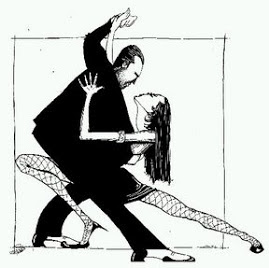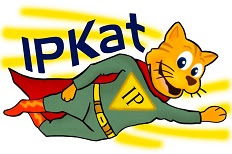National Federation of Coffee Growers of Colombia (Federacafé) has unsuccessfully opposed to the registration of the mark ‘Mild Coffee Company Huila’ for tea, cocoa, sugar, rice, tapioca, coffee derivatives among others.
Mild Coffee Huila Company SAS applied at the Colombian Superintendency of Industry and Commerce (SIC) and the Federacafé opposed on the grounds that the sign lacked distinctiveness and moreover, it was descriptive – the Directorate of Distinctive Signs agreed. However, on appeal the decision was reversed and the mark was registered.
According to Art 135 Decision 486 (the Andean Community common intellectual property regime), signs may not be registered as trade marks when they:
b) are lacking in distinguishable characteristics;Explaining further, the superintendent explained that the term does not monopolize the individual expressions ‘mild coffee’. Mild Coffee Huila Company SAS’s lawyer explained that the sign is a combination; all elements together (figurative and words) made the mark distinctive. Finally he adds that the "National Federation of Coffee Growers usually present oppositions to many brands in the coffee sector.”
…
e) consist solely of a sign or statement that may serve in commerce to designate or describe, in respect of the goods or services for which they are to be used, their quality, quantity, purpose, value, geographical origin, or time of production, or that impart other details, characteristics, or information, including expressions of praise for those goods or services;
...
Indeed, mild coffee as a term will describe the quality of the coffee if applied to coffee products. In this particular case, the sign applied for was not just a term but was a combination of words and graphic designs. Yet, wouldn't you as part of the consumers be puzzle? If you are in a supermarket holding a bag of something than contains coffee with a logo that reads ‘mild coffee’, wouldn't you think that it refers to the product? On second thought, looking closely to the logo I guess that the only person that would be misled is a moron in a hurry.
Source La Republica.













